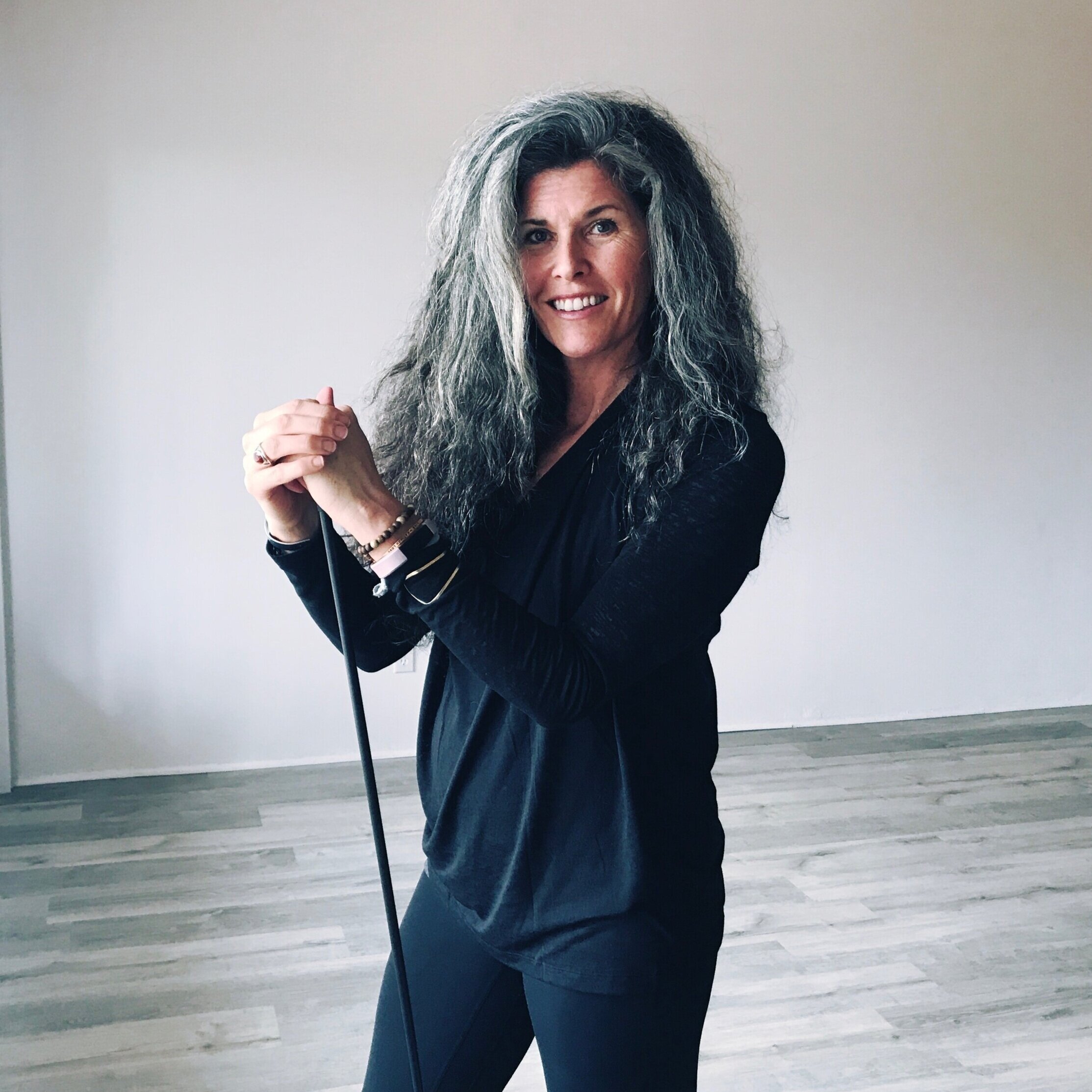My Mat is My Mirror
I find my yoga mat to be an honest and faithful mirror.
Day after day, I roll out a full-length reflection of myself and no amount of hot breath or sweat droplets can obscure what I see. How can an opaque, yet eco-friendly plastic mat accurately reflect what is going on inside and out?
‘The Mirror Technique’ in the 1948 classic The Magic of Believing by Claude M. Bristol outlines a concept used faithfully by Winston Churchill and Woodrow Wilson and still used by coaches and therapists today. Reading the technique, I cannot help but notice the similarities to my faithful purple mat.
Step One: Stand in front of a mirror (or on your mat)
Step Two: Come to attention, fully erect, heels together; pull your stomach in, chest out, head up. (Hmm…Tadasana).
Step Three: Breathe in deeply three or four times and feel a sense of power, strength and determination (aka fire up Ujjayi).
Step Four: Tell yourself that you are going to get what you want. (Set your intention.)
Step Five: Make it a daily ritual. (Well, duh.)
What do ya know? Seems like I do this technique already.
In truth, the mirror technique is an extrapolation of an idea originally proposed by first positivity guru, Napoleon Hill years earlier in his 1937, Think and Grow Rich. In principle nine, enforce self discipline, Hill outlines a mandate handed to him by his benefactor, Andrew Carnegie.
Hill was charged with the task of standing before a mirror each and every morning and proclaiming a powerful self-actualizing statement; he termed these moments before the mirror auto suggestions. A lifetime of distilling the information he acquired in his research can be boiled down to the following, “Life is a mirror of your consistent thoughts.”
In Claire Dederer’s novel, Poser, she shares an amazing insight learned from teacher Katharine Seidel: to keep your gaze within the confines of your mat. In other words, let the dristi fall on the mirror beneath you.“That will keep your concentration where it needs to be, inside,” says Seidel.
The term, believing mirror was coined by writer, director and teacher Julia Cameron. She introduces the concept in The Artist’s Way and expands upon it throughout the following trilogy. Believing mirrors are a gift we give ourselves; Cameron refers to an actual person of course, but in choosing one we seek out someone who can mirror back to us a strong powerful reflection of who we really are in our most positive light.
Believing mirrors are the opposite of what she calls crazy makers (and we all know a few of those). Believing mirrors “are willing to be generous, supportive and nurturing but at the same time be honest and be firm in helping you face up to what is blocking you.”
The goal is to give and receive. If you are lucky enough to have a believing mirror, then it is a good karmic idea to be a believing mirror for someone else. Since my purple mat is my believing mirror, this is the beautiful place where on the mat meets off the mat.
According to life coach Karin Marcus, a believing mirror:
Doesn’t reflect mistakes or failure, only opportunities and lessons for growth.
Reflects reality from the vantage point of who you are yet to become.
Lets you have the space and time to be fully center stage without imposing their agenda onto you.
Reflects now. No woulda, coulda, shoulda.
Sees beyond the mask and story to the true essential beauty that is really you.
You could also call this radical acceptance. Our mat holds a sacred space to explore and to grow. Cameron insists an essential quality for a believing mirror is containment; here she means containment like a magician would employ—something secret and quiet. The embryonic growth is protected, incubated even, by the warm glow of belief. You can’t get much more contained than 24×68 inches. And yet, it is enough.
The believing mirror workshop on Facebook makes a statement that could easily be written in Sharpie on my purple mat: “Stand before your mirror and ask it a question or express a doubt. Then listen for the optimistic and appreciative wisdom it will share. Say thank you.”
Does a mirror have the power to contain your soul?
The ancient cultures of Rome, Greece, Africa, China and India believed it to be true. But, whether we breakdown or break through, having a yoga mat as a mirror means we can forego the bad luck concept.
No need in the modern world to grind the mirror to dust, bury its broken bits under a tree during the full moon or wash the many pieces in a southerly flowing river. Although nice brisk rivers’ wash might be a good tradition to bring back.
When we allow our mat to become our mirror, we find the deep raw beauty inherent in a believing mirror: a believing mirror never reflects the improbable, only the possible.
You can find the original post by Linda Fenelon on The Elephant Journal here.

